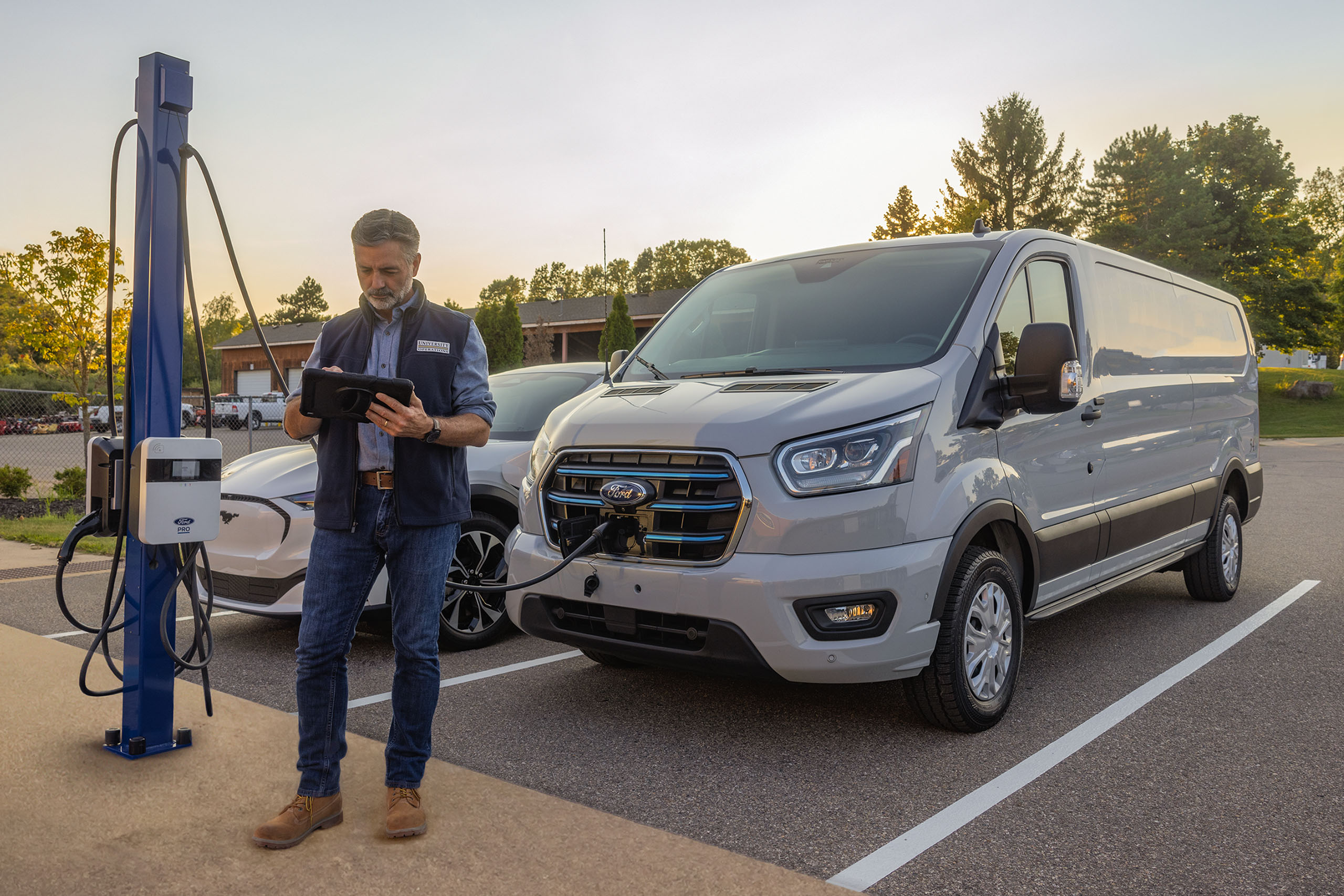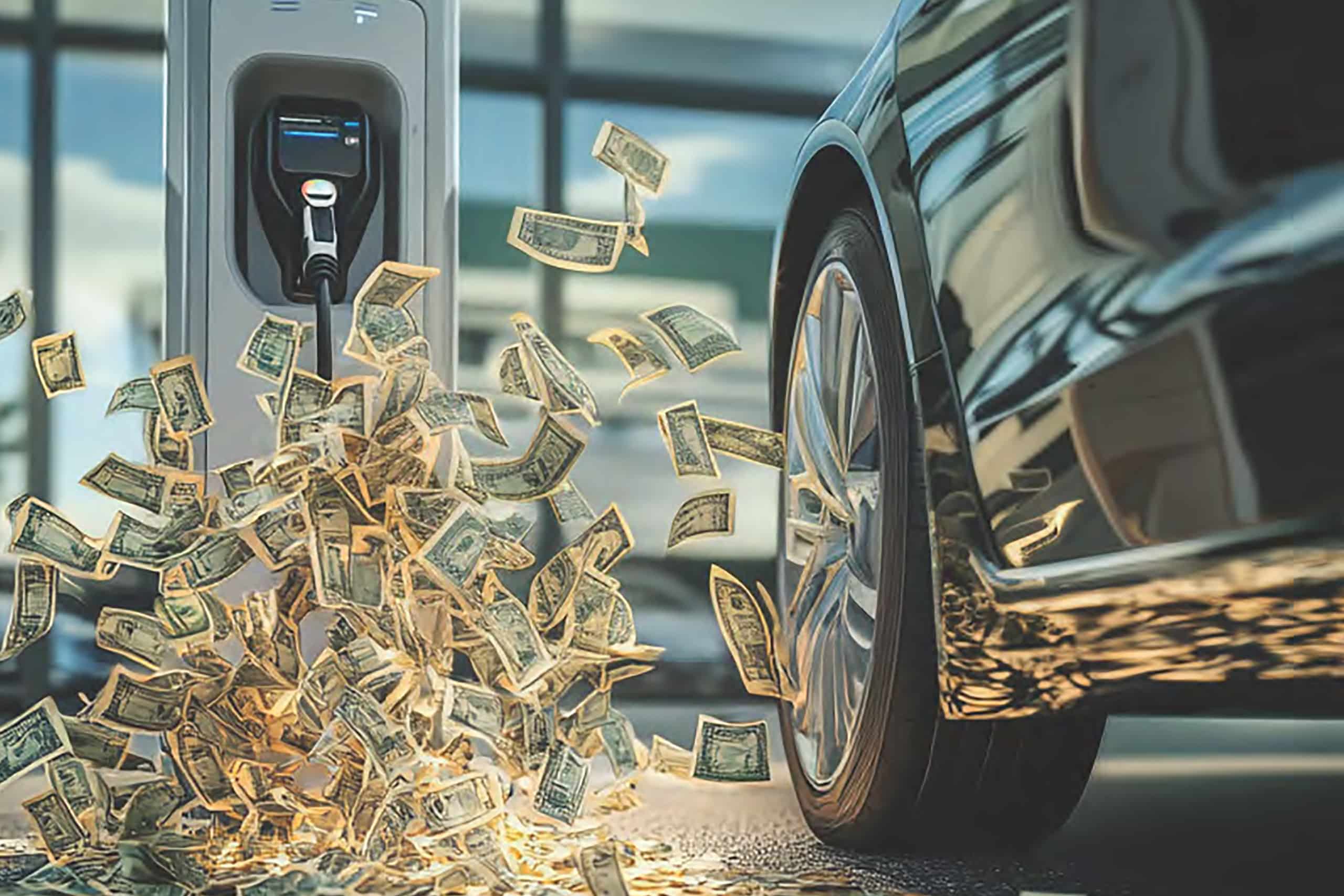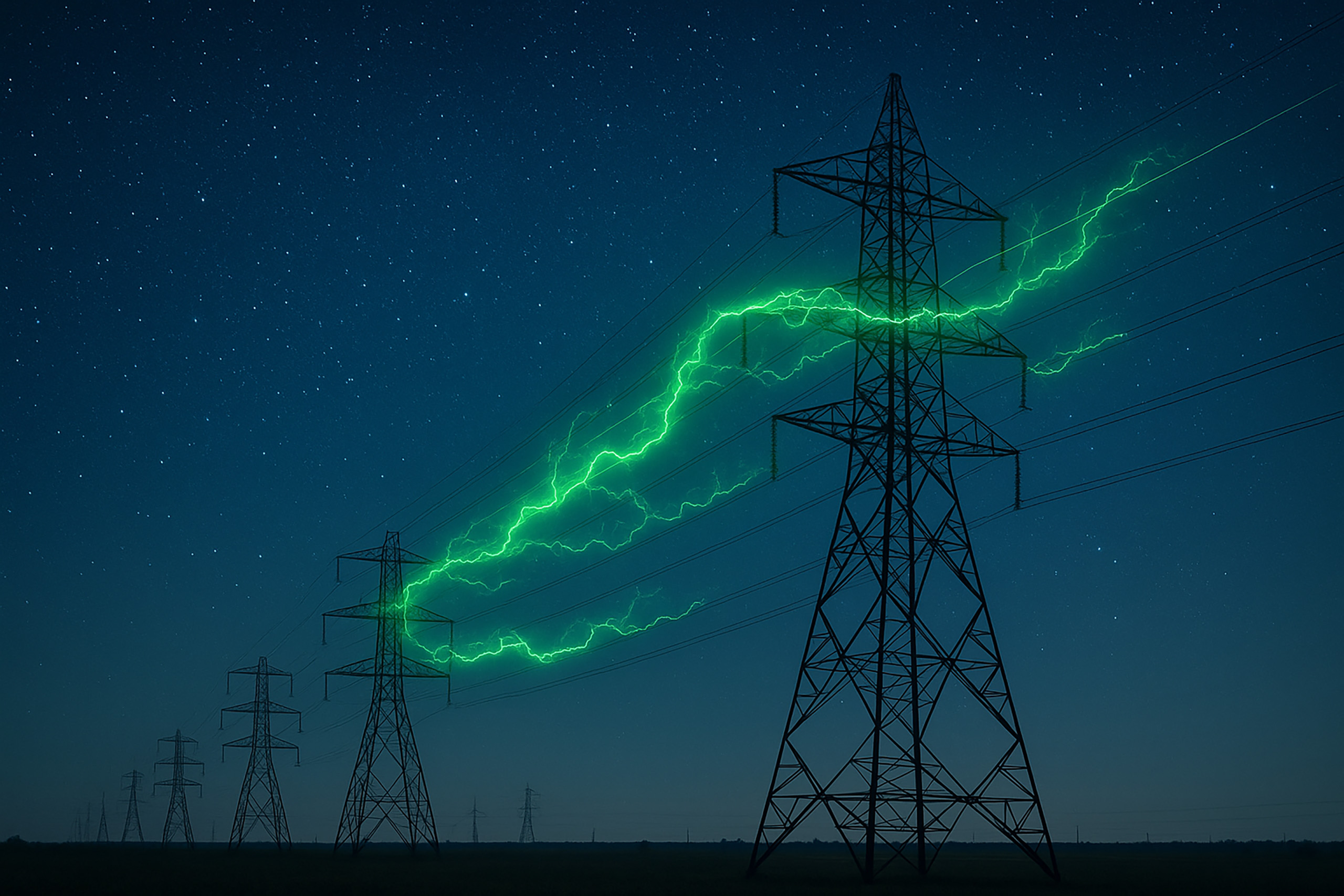
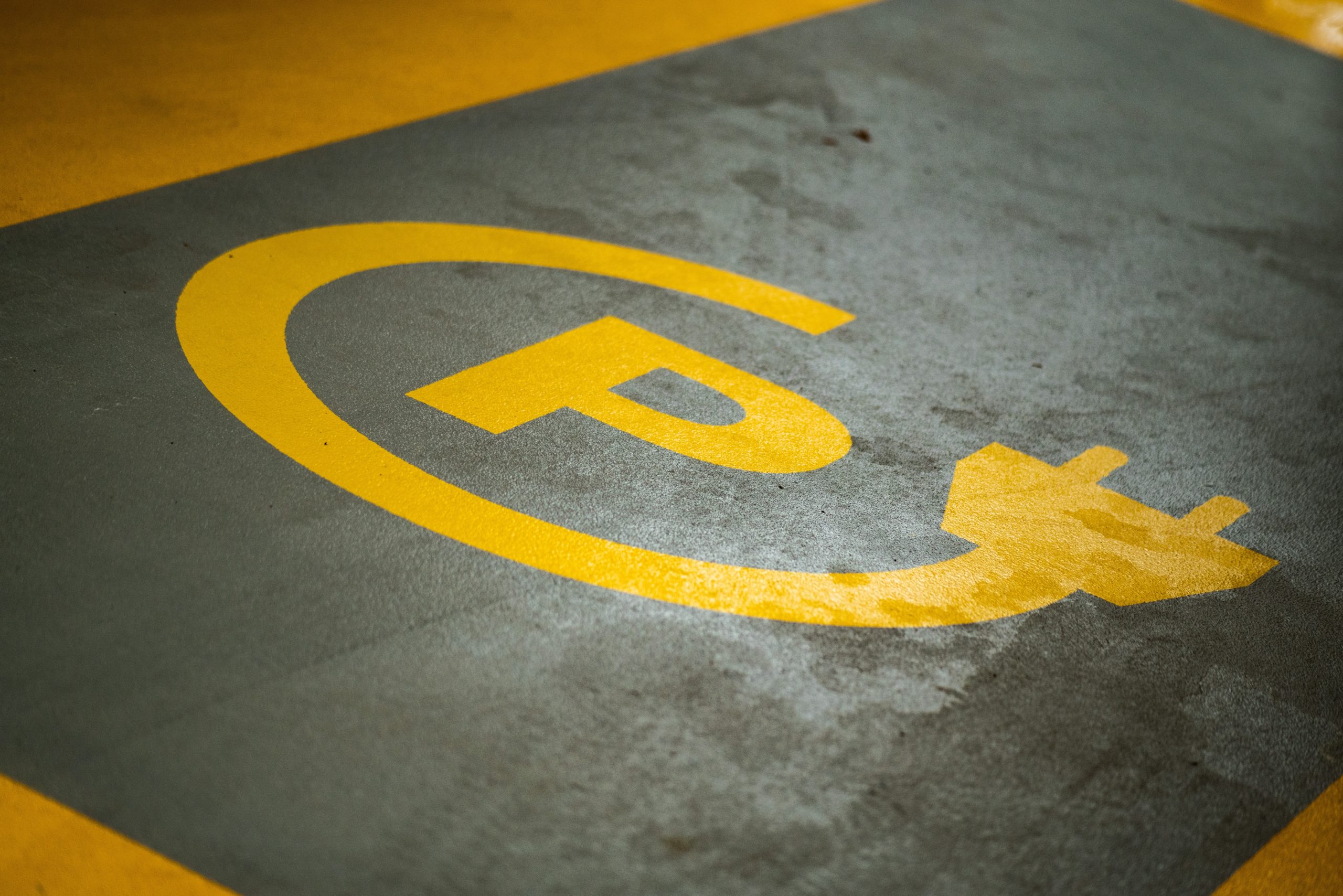
When the internet first took off in the 1990s, it was so new that many companies didn’t know where to turn for answers. There were few consultants who knew enough to give answers to companies that sought to embrace the burgeoning technology of going online. Similarly, information about national charging station programs in 2022 is changing rapidly. With everyone competing for the same grants and incentives, how does your company get to the head of the line? It’s critical to find a partner that uses proactive indicators to predict what’s coming.
The global transition to electric vehicles (EVs) is in its infancy but increasing rapidly. Worldwide in the first half of 2021, EV sales increased 168% over 2020 numbers, according to EVvolumes.com, the electric vehicle world sales database. But rebates are available not only for EV buyers. Enterprises that install EV infrastructure also can qualify for hundreds of millions of dollars in incentives, grants, and rebates.
And if you know how, you can stack these incentives at the federal, state, and local levels to optimize the money you get back as part of national charging station programs in 2022.
National Tax Breaks for EV Charger Installation
In the US, more than a million electric vehicles on the road need places to charge. In fact, President Biden’s $3.5 trillion infrastructure program centers on planning for EV infrastructure. The American Jobs Plan calls for a national charging network of 500,000 ports by 2030.
In March of 2021, the US passed the milestone of 100,000 EV charging ports, a 7.3% increase over the previous quarter, according to the Department of Energy.
What Type of EV Charger Qualifies for a Tax Break?
EV charging stations fall into three categories:
- Level 1 chargers are for home use and charge at a few miles per hour using a standard 120-volt outlet.
- Level 2 chargers require a 240-volt circuit and are the most common type of commercial charging station. They charge at 40 to 60 miles per hour.
- Level 3 chargers, or DC fast chargers, convert AC to DC power within the charging station. Level 3 chargers deliver direct current directly to the EV battery and charge at hundreds of miles an hour.
Tax breaks and incentives for commercial enterprises encourage the installation of level 2 and level 3 chargers.
How Much Is the Federal Tax Incentive?
In the US, the 2020 30C tax credit is good through the end of 2021. Currently, the federal government offers a tax credit for both EV charger hardware and for installation costs.
The tax credit covers 30% of a company’s costs.
Companies can receive up to $30,000 in federal tax credit for commercial installations. Furthermore, Future Energy expects federal tax incentives to be quite robust in 2022.
State Incentives for EV Charger Installation
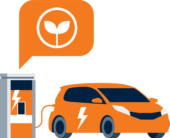
Can My Company Qualify for a State Tax Rebate?
Many states offer tax credits that stack with the federal rebate. For example, Washington state offers tax credits for up to 50% of the costs of EV charging equipment and related costs.
In New York, the Department of Taxation and Finance offers an income tax credit of 50% of the cost of EV charging infrastructure. The alternative fuels and electric vehicle recharging property credit offers up to $5,000 in tax credit.
What Other Incentives are Available in My State?
Even within a state, the landscape of available grants and incentives is vast. For example, New York offers additional EV charger rebate programs beyond the tax credit. Two complementary programs help companies buy EV charging units and fund the infrastructure needed to install them. A partner such as Future Energy can help you navigate what’s available.
The California Energy Commission operates the California Electric Vehicle Infrastructure Project (CALeVIP) incentive program, which it has funded for $149 million. So far, CALeVIP has issued nearly $19 million in rebates for DC fast chargers and $3 million for level 2 charger installations.
Charge Up Michigan awards up to $70,000 per EV charger station location, but your company must be in partnership with your local utility.
Elsewhere, the Colorado Energy Office and Regional Air Quality Council jointly operate a program called the Charge Ahead Colorado program. The program awards grants for the installation of level 2 and level 3 charging stations. In particular, the program encourages multifamily housing providers, tourist destinations, and workplaces to apply for grants.
What Is the Deadline for EV Charger Tax Rebates?
Most tax incentive programs expire by the end of 2020. Other programs operate until the pool of funds is exhausted. To qualify, your business will have to look ahead to know about national charging station programs in 2022 instead of applying reactively. Most incentives are available on a first-come, first-serve basis.
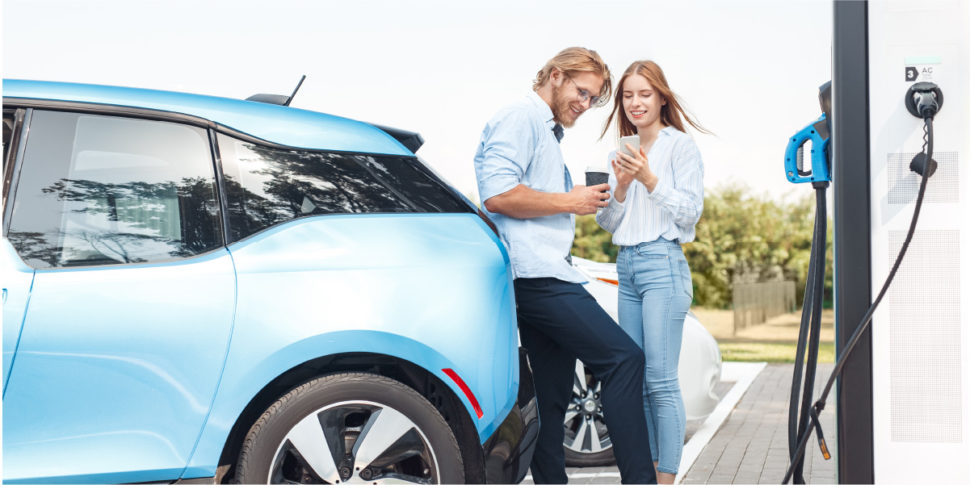
Utility Programs to Support EV Charger Installation
Generally, your local utility will provide generous rebates for commercial EV charger installations. There are more than 3,200 utility companies in the US and Canada, and Future Energy understands how to work with them to get the most money back for your business.
Proactive Indicators
In many cases, utility incentives will cover the purchase and installation costs of the EV chargers as well as adjustments to electrical infrastructure. And Future Energy experts know in advance when certain states and utilities are releasing funds.
In Massachusetts, for example, the energy company National Grid has a program that funds up to 100% of the electrical infrastructure for approved projects. It also offers rebates for some EV charging station equipment installations.
Application Process
Future Energy has a team of professionals whose sole job is to manage, measure, and predict incentives.
Our team works with your business to fill out applications in advance so that you are at the head of the line when money becomes available. In fact, Future Energy has been involved with writing the specifications that many incentive programs require in their application process.
Looking Ahead with Future Energy
Future Energy understands the sense of urgency involved with national charging station programs in 2022. First, money can become available and be claimed in less than 24 hours, before many companies are even aware of the opportunity. Companies who wait to apply for incentives may miss out altogether.
Second, often the requirements to apply for incentives are very particular. The completion of the application itself is complicated. If your company waits to apply for grants, the money may disappear.
To capture all available funding for your electric vehicle charging program, your company needs to think proactively. Future Energy offers a personalized approach, working with your company to build a roadmap to your EV charging goals. Contact Future Energy today to find out more about national charging station programs in 2022.

